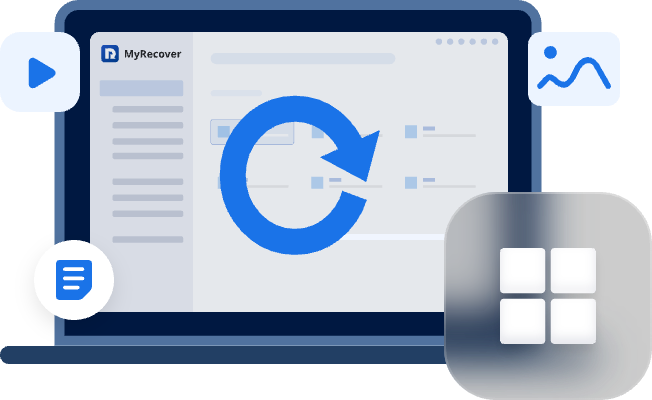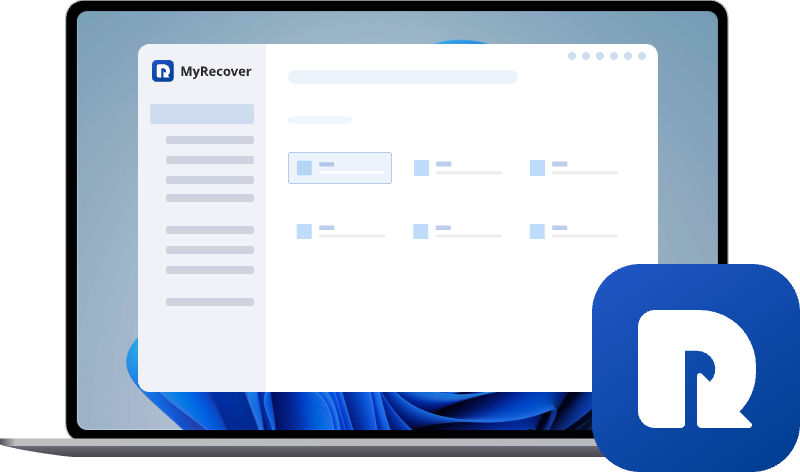[Free] How to Recover Data from External Hard Disk Which is Not Detecting in Windows
Struggling with an undetected external hard disk (WD, Seagate)? Discover proven methods to recover data from external hard disk which is not detecting. Learn how to troubleshoot connection issues, use free recovery software, and repair undetected drives without losing files.
Help! Lost My Seagate External Hard Disk in Windows
My drive isn’t showing up in windows explorer and itis s a seagate 2tb hardn drive. Is there any way to recover my data or at least get working again i can’t afford a new drive and all my important data was on here. Please help!
Why the External Hard Drive is Not Detecting by Windows?
An external hard drive may fail to be detected by Windows due to a combination of hardware, software, or configuration issues. Common causes range from faulty connections and driver conflicts to file system corruption. Below is a detailed breakdown of the key reasons:
- Faulty USB Cable/Port: Damaged cables, loose connections, or malfunctioning USB ports can prevent communication between the drive and the computer.
- Insufficient Power Supply: High-capacity drives (e.g., 3.5" HDDs) may require external power. USB ports on laptops or hubs often fail to deliver enough power.
- Physical Damage: Drops, water exposure, or PCB (circuit board) failure can render the drive undetectable.
- Outdated/Corrupted Drivers: Obsolete or corrupted USB or disk drivers can cause recognition failures.
- Missing/Conflicting Drive Letter: Windows may fail to assign a drive letter automatically, or conflicts with existing letters can hide the drive.
- Uninitialized/Unallocated Drive: New drives or drives with deleted partitions appear as "Unallocated" in Disk Management and require initialization. Drive visible in Disk Management but missing a drive letter.
- Corrupted File System: Improper ejection, malware, or bad sectors can corrupt the file system, marking the drive as “RAW”.
Quick Diagnosis Tips to Recover Undetected External Hard Drive
Here are some quick solutions to help recover your external hard drive, making them accessible and visible in Windows again:
1. Test USB Connection
Swap the USB cable using one that is working well, try different USB ports avoiding hubs and using rear ports on desktops, and test the drive on another computer to rule out PC-specific issues.
2. Verify Power Supply
If your external hard drive is of 3.5", please ensure it has an external power adapter, which is plugged in and functional. If you are using laptops, you can employ a Y-cable (dual-USB) to draw extra power if needed.
3. Update/Reinstall Drivers
Open "Device Manager" by pressing Win+ X key on your keyboard and selecting "Device Manager" from the menu. Expand "Disk Drives," right-click the external drive and select "Update Driver" which will automatically search for drivers.
If the drive is listed as "Unknown Device," you can click "Uninstall Device" instead, then restart your PC and reconnect the drive.
4. Assign a Drive letter
If you can see the external hard drive in Disk Management but it is not visible in Windows File Explorer, please check if it has a drive letter. If not, you have to assign it with an available drive letter, and then you will see it in your Windows File Explorer. To assign it a drive letter, just right-click it, choose “Change Drive Letter and Paths”, select an available letter from the given options.
5. Repair File System
A corrupted file system or bad sector will also probably make the external hard drive undetected by the operating system. To fix that, you need to run CHKDSK tool.
1. Open Command Prompt as Admin.
2. Input the following command and press on Enter:
chkdsk g: /f /r
Replace g with the drive letter (skip if the drive has no letter).
How to Recover Data from a Not Detected External Hard Disk?
If the external hard drive is still inaccessible, or labeled as "RAW" / "Unallocated" in Disk Management, using data recovery tools to get back all your important files before formatting or initializing it from scratch (either will erase all data on your drive)will be you ultimate solution.
So, the priority is to recover data from the external hard disk which is not decting by some professional file recovery program, like MyRecover. It is a FREE data recovery tool with highest recovery rate. It can help you to recover deleted or lost files from any types of HDD, SSD, USB, SD card, cameraand so on as you need.Besides, no matter you want to recover photos, videos, docs, archives, emails, compressed filesor other files, it get all covered.
Reliable rescue for deletion, formatted disk, emptied Recycle Bin, system crashes and more.
To recover data from WD, Seagate or other brands of external hard drive with MyRecover, take the following steps:
Step 1.Download, install and run MyRecover.
Step 2. Choose the target drive and click on "Scan." If you cannot find the external hard drive, switch to “Partition Lost Recovery” under the "Advanced Recovery."
Step 3. Then MyRecover scans your operating system for the lost or missing partitions.
Step 4. Click "Scan" now to search all data on the drive.
Step 5. When all files are found and listed, tick what you need and click on "Recover."
Step 6. Choose a different drive than the original external hard drive to save the recovered files.
Wait for a while, the recovery process will be finished. If you are restoring a large amount of data, the time will be longer.
In Conclusion
If your external hard drive is not detected by computer, you can try the above fixes. Prioritize data recovery before attempting risky repairs like formatting or initializing. Tools like MyRecover can rescue files even from RAW or unallocated drives, ensuring your critical data isn’t lost forever. No matter you want to recover data from WD, Seagate, Samsung, SanDisk external hard drive which is detecting, MyRecover is a nice choice.
If data recovery is a recurring need in your professional tasks or personal use, consider upgrading to the Professional Edition. Designed for IT professionals, businesses, or frequent users, it offers:
-
Unlimited data recovery with no size or frequency restrictions.
-
File preview functionality to selectively restore critical files before recovery.
-
Advanced system recovery to retrieve data from crashed or unbootable computers.


